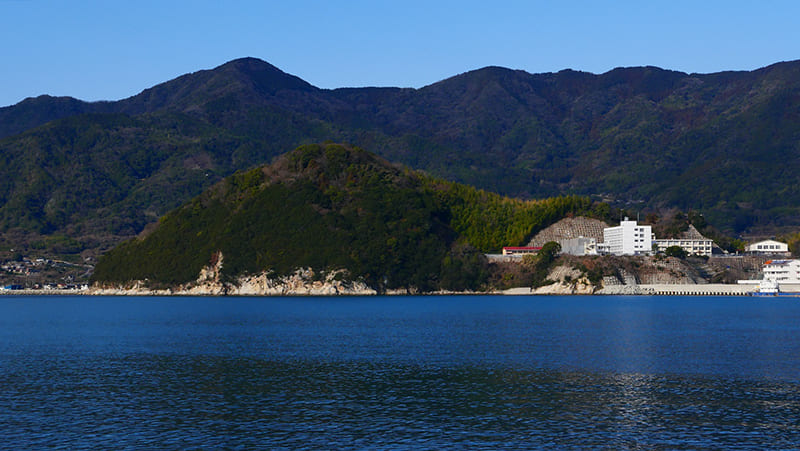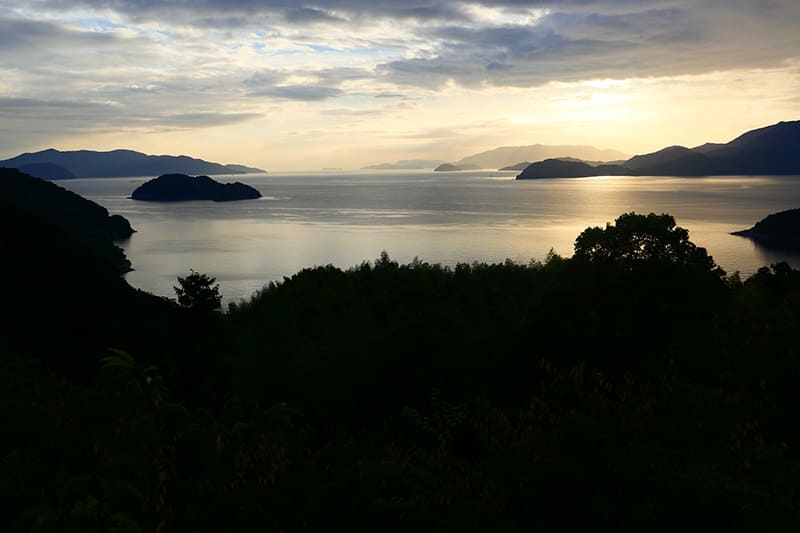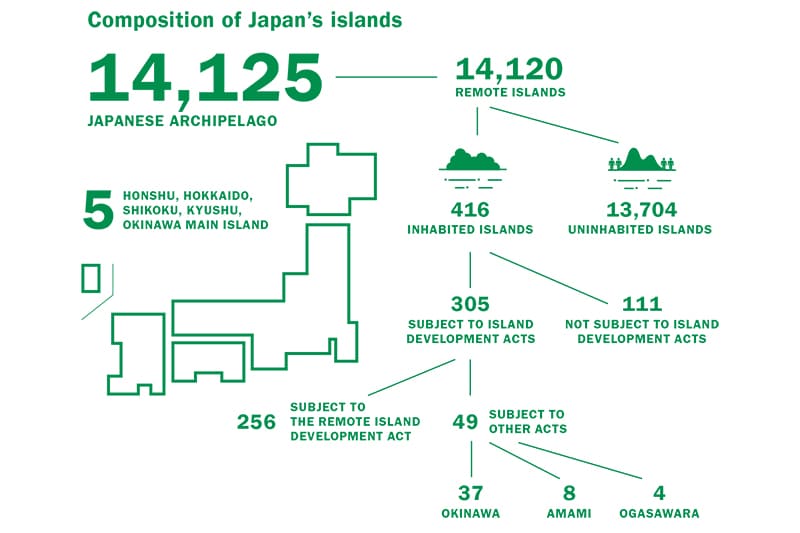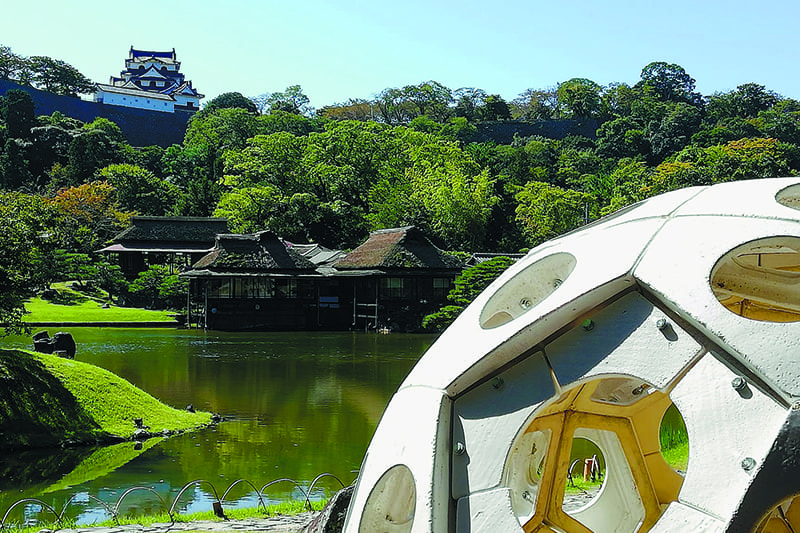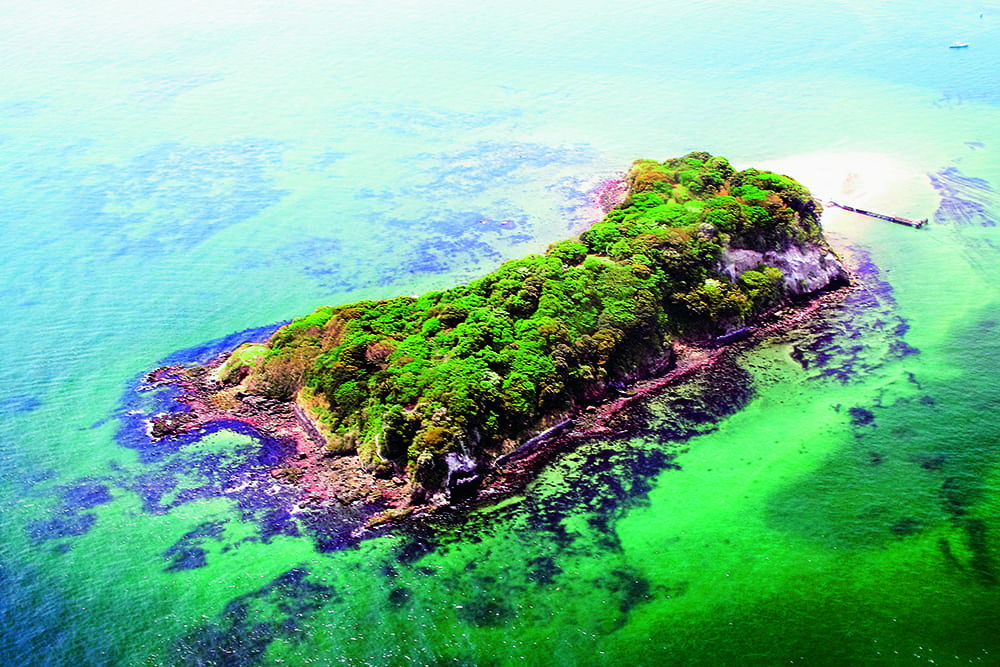May 26, 2023
Finding the treasures of Japan’s small islands
INTERVIEW
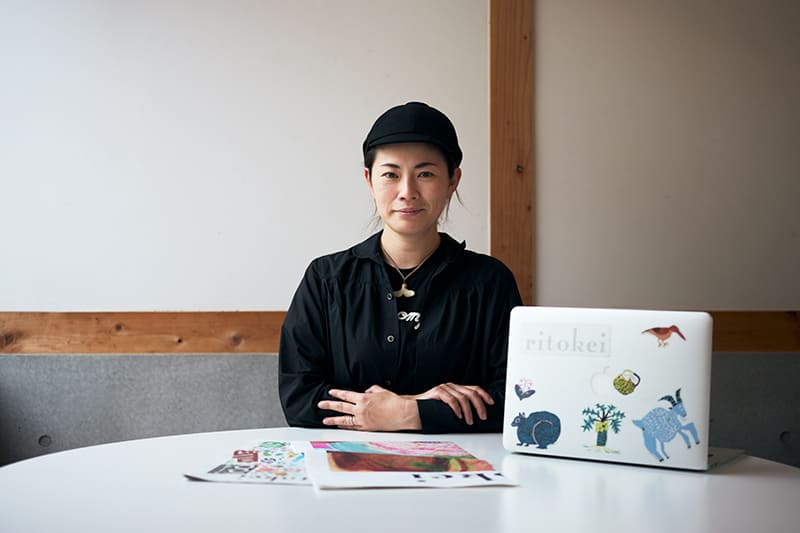
Born in 1982 in Hita, Oita Prefecture. In 2010, she launched Rito Keizai Shimbunsha Co. Ltd. and served as its representative director. In 2014, she remained representative director as the company became a nonprofit organization. Currently, she is also the general editor-in-chief of Ritokei, a web-based media specializing in inhabited remote islands, and Quarterly Ritokei, a free paper.
https://ritokei.org/ (Japanese only)
PHOTO: KOUTAROU WASHIZAKI
Japan is an island nation — Honshu, Hokkaido, Shikoku, Kyushu, the main island of Okinawa and 14,120 more, with 416 of those “remote” islands inhabited, according to the Geospatial Information Authority of Japan. Some tiny islands have fewer than 10 inhabitants, while Awaji Island in Hyogo Prefecture has over 130,000. Inhabited islands come in various sizes and forms, with some connected to other places by bridge and others completely isolated.
But the small islands all have some things in common. Precisely because of their remoteness, they developed unique cultures, lifestyles and communities, preserved and nurtured over many years. Since the mid-1950s, however, when Japan entered the period of high economic growth, many of these unique island cultures have been lost or become difficult to maintain due to people leaving for cities, resulting in declining birthrates and aging populations.
In response to such issues, one nonprofit organization hopes to maintain the culture and charm of Japan’s remote islands: Rito Keizai Shimbunsha, a newspaper company.
You may wonder how a newspaper company could also be a nonprofit. It started out as a media company specializing in the remote islands. It was launched by a group of people who had come to appreciate the value of the islands and be concerned about the issues facing them. In 2014, the company transitioned to nonprofit status, defining for itself three kinds of activities: to “communicate” the state of the islands to society in general; to “connect” islands with people who want to live or work on them; and to “nurture” them, such as through regional development and human resource development projects conducted in cooperation with local governments and businesses.
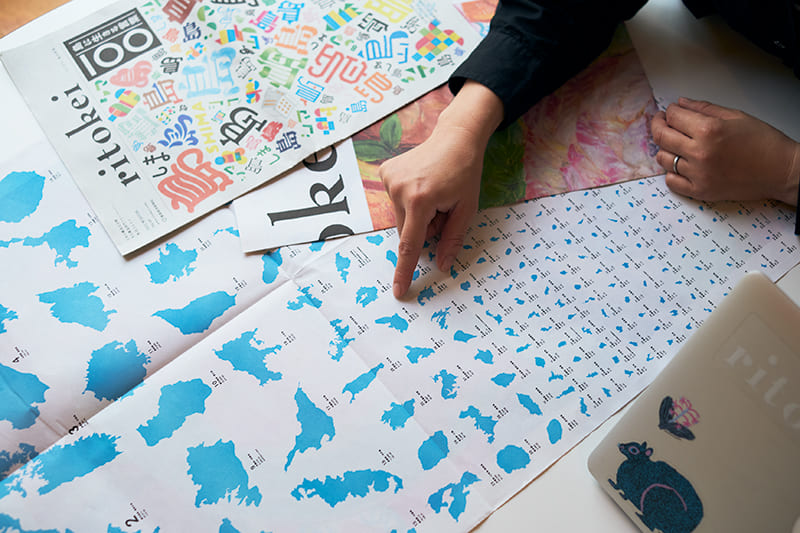
PHOTO: KOUTAROU WASHIZAKI
Since Japan itself is a collection of islands, in a sense the remote islands are like microcosms of Japan as a whole. If so, then are there lessons to be learned for Japan as a whole in how the remote islands have dealt with problems like declining birthrates and aging populations? There is no better person to put this question to than Atsuko Isamoto, one of the founders of Rito Keizai Shimbunsha and its current managing director and editor-in-chief.
“At the time I launched this media that would specialize in remote islands, I had been working as a freelance editor for an economics magazine for about three years,” she said. “I was originally from a country town in Oita Prefecture with a population of about 60,000, but when I came to Tokyo I experienced what it was like to be at the center of a large and global economy. Life in the city was convenient, but it also felt odd at times. For example, if you go to a convenience store, you’ll find various types of bottled water on the shelves. They are all just water, and yet we have to choose. I wondered if this range of choices was really a sign of affluence. Is it really a reflection of quality of life?”
At around that time, Isamoto visited Osaki Kamijima, a Hiroshima Prefecture island in the Seto Inland Sea. She was visiting a friend who had moved there, and was taken aback by the words of a farmer who told her it was a “treasure island.” In that moment she learned that the islands have their own small and beautiful endeavors that are quite separate from the larger forces she had tracked at the economics magazine.
For example, when she opened her front door in the morning, she might find bamboo shoots laid out for her — gifts from neighbors. From these kinds of experiences, her mission of maintaining the islands’ treasures for the future was born, and from that was born a publication that would convey more than just tourism information about the islands.
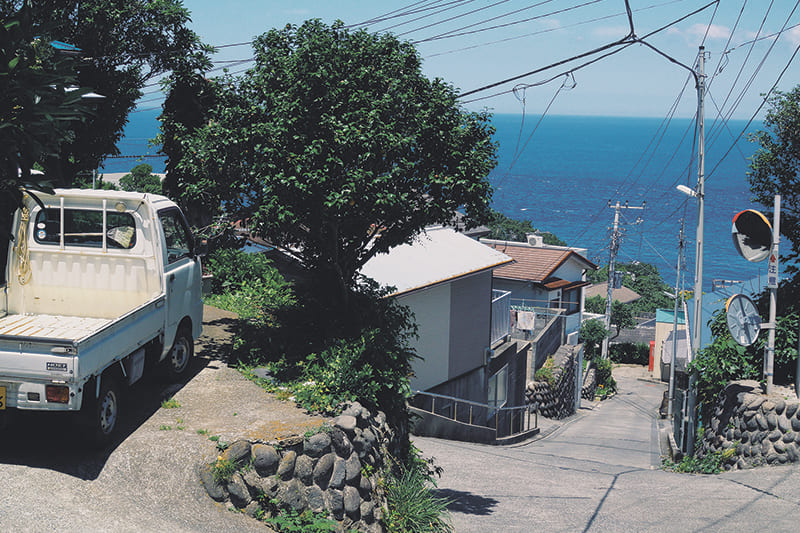
PHOTO: KAYO YABUSHITA
“The 400 or so inhabited remote islands hold countless treasures. And these are precisely the things that Japanese society has lost in exchange for its rapid economic growth, such as local communities where people support each other, diverse cultures and abundant nature,” she said. “According to Hideki Ishida, a professor emeritus at Tohoku University and former chief technology officer at Ina Ceramics (now Lixil) who moved to Okinoerabu Island (in Kagoshima Prefecture), there are 44 values embedded in the traditional lifestyle that gave rise to Japanese culture, for example nonmonetary exchanges, observance of rituals, self-sufficiency in food and so on. This was something Ishida and other researchers determined by interviewing more than 600 people who would have been in their 40s during the 1960s,” and so were around 90 years old at the time of the survey in 2013. “It appears some 30 of those values remain on Okinoerabu Island. This is where we can find hints for how to create a sustainable future.”
We asked Isamoto, who has been observing remote islands for more than 10 years, which other islands might hold hints for the future of Japan. One she mentioned was Toshima, part of the Izu island chain.
“Toshima is an island of just over 300 people, but the population has not changed in half a century. This is because they were flexible about accepting things from outside the island that they did not have, including human capital, and also actively engaged with the outside world,” she said. “While some islands saw their populations plummet by 90% during the period of rapid economic growth, others like Toshima have populations that are stable. Such islands tend to be flexible, open to cooperating with people from the outside, and they have managed to update their lifestyles while maintaining their traditional and unique values. Recently, the use of technology is progressing throughout Japan. But when you see islands managing to adapt to social changes through flexible application of new know-how and technologies while at the same time remaining true to their own values, it feels like there are hints there to give an island nation like Japan a brighter future.”
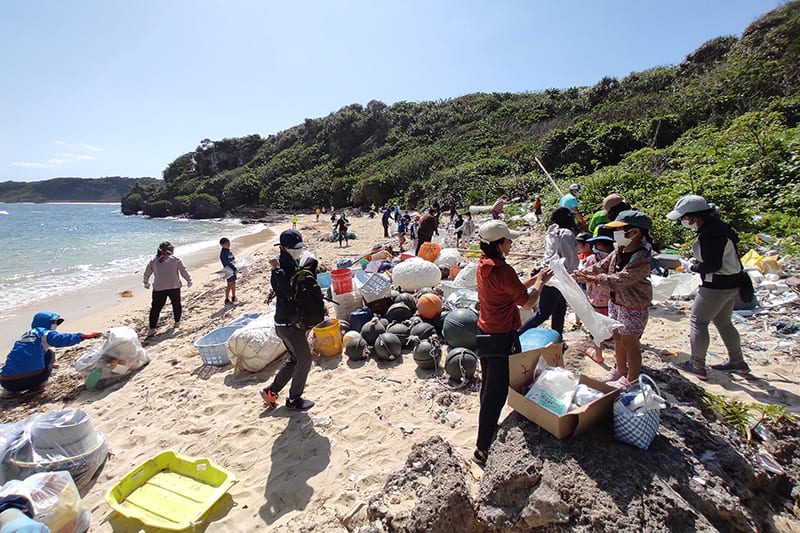
PHOTO: NELSON MIZUSHIMA
離島には、日本社会が抱える課題解決のヒントがある。
日本には、人の住む島(有人島)は現在416ある。その共通点と言えば、海により隔離された空間のため、独自の文化や生活様式、コミュニティが生まれ、長い時間をかけ保たれ育まれてきたということが挙げられる。
そんな有人離島地域が持つ文化や魅力を未来につなげていこうと活動するNPO法人が「離島経済新聞社」だ。代表理事・統括編集長を務める鯨本あつこに、日本の未来のヒントが隠されている島について聞いてみると、伊豆諸島にある利島(東京都)の名前があがった。
「利島は人口300人台の島ですが、半世紀に渡り人口が変化していません。理由は、島に足りないものは人的資源を含め、島の外から柔軟に受け入れ、外と連携しながらやってきたから。変化に対して柔軟で、地域外の人と連携し、生活をアップデートしながらも古き良き島の価値を残しています。最近ではITの活用も進んでいますが、島の本質的な価値を守りながら、新たなノウハウやテクノロジーを柔軟に活用し、社会変化に適応できる島の例には、島国の未来を明るくするヒントも隠れています」。
Return to Sustainable Japan Magazine Vol. 24 article list page

